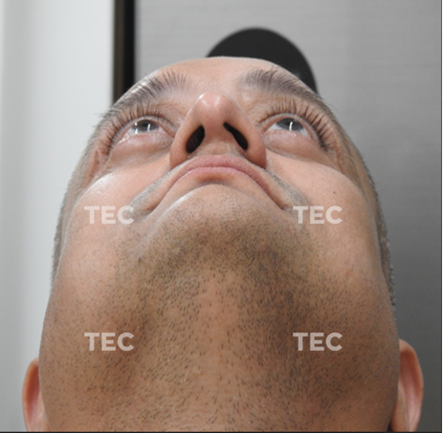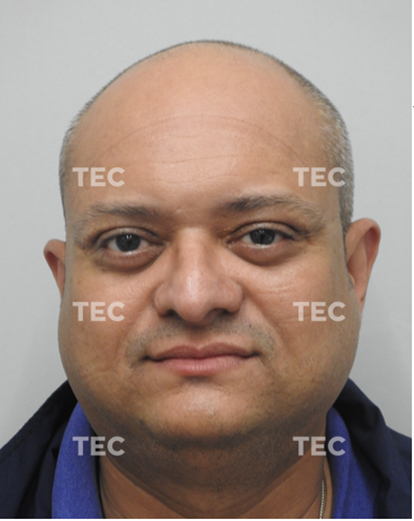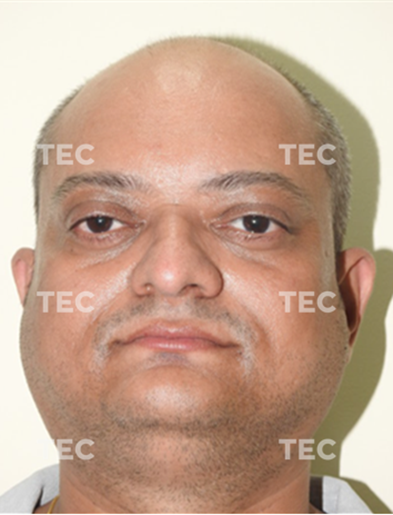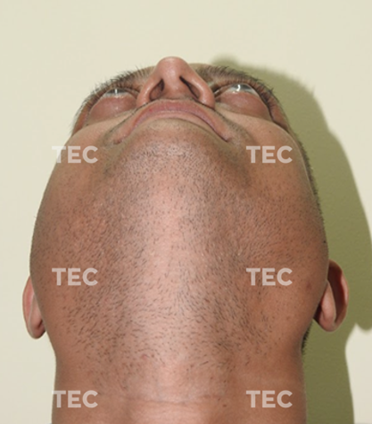
Know About Orbital Decompression Surgery For Thyroid Eye Disease
Dr Debraj Shome, Senior Cosmetic Surgeon & Director, The Esthetic Clinics
Thyroid autoimmune diseases like Graves disease are closely linked to thyroid eye disease. It’s believed that antibodies directly affect the tissues of the orbit, leading to lymphocyte infiltration, increased fibroblast activity, and glycosaminoglycan deposition inside the orbit’s structural elements.
What Exactly is Orbital Decompression Surgery?
The surgical process known as orbital decompression entails the meticulous removal or thinning of the orbital walls and orbital fat to increase the orbit’s volume and accommodate abnormally enlarged muscles and tissue. In addition to considering functional and aesthetic criteria, decompression is carried out based on the degree of proptosis-. This specialized procedure is aimed at relieving the pressure on the eyes caused by inflammation and swelling of the orbital tissues. This condition can lead to serious vision problems and severe discomfort for patients. The surgery involves removing bone from the orbit to create space for the swollen tissue, thereby reducing pressure on the optic nerve and allowing the eyes to return to a more normal position. One interesting aspect of orbital decompression surgery is its ability to not only improve visual function but also restore an individual’s appearance. By creating additional space within the eye socket, this non surgical chin augmentation intervention can help reduce proptosis (bulging eyes) and other aesthetic concerns associated with thyroid eye disease. Moreover, recent advancements in surgical techniques have allowed for more personalized approaches, leading to better outcomes and reduced risk of complications. Ultimately, orbital decompression surgery represents a significant advancement in addressing the complex challenges posed by thyroid eye disease. By focusing on both functional and cosmetic aspects, this procedure offers renewed hope for individuals struggling with this debilitating condition and underscores the critical role of surgical innovation in improving patient quality of life.
Cosmetic orbital decompression surgery:
Orbital decompression has been shown to be of functional and cosmetic benefit to relative proptosis of thyroid and non-thyroid origin. As there is asymmetry in the eyes it results in facial disfigurement and adversely affects quality of life. From the days of orbital decompression surgery utilizing a transcranial approach with significant morbidity and complications to more recent methods utilizing endoscopes and hidden eyelid creases or conjunctival incisions with comparatively short recovery times and significantly lower risks, the procedure has come a long way.
Cosmetic orbital decompression is a new emerging field and surgeons can now more confidently grade the decompression and minimize diplopia and other problems. This surgery is justified for those who have protuberant eyes, which are sufficiently distressing to affect social interaction. Conditions other than thyroid-associated orbitopathy in which cosmetic orbital decompression can be done are:
- Congenital shallow orbits
- Congenital hypoplasia of malar eminence
- Enlarged globe from high myopia
- Enlarged globe from buphthalmos
- Asymmetric globes are secondary to trauma.
The pros of this surgery: Orbital decompression surgery, also known as orbital blowout surgery, offers numerous benefits to patients suffering from thyroid eye disease (TED) or other conditions that cause proptosis and eye bulging. One major advantage is the potential for improved visual function. By creating space within the orbit and alleviating pressure on the optic nerve, this surgical procedure can help restore or preserve vision for many patients. It has a transformative impact on a patient’s appearance and overall quality of life. By reducing eye prominence and restoring normal eye alignment, this procedure can greatly improve self-esteem and confidence. This surgery can alleviate the physical discomfort associated with TED. In many cases, patients experience significant relief from symptoms such as dry eyes, irritation, double vision, and difficulty closing their eyelids following the procedure. This improvement in comfort can significantly enhance daily activities and overall well-being for individuals living with proptosis-related symptoms.
The last word: This personalized approach not only enhances outcomes but also minimizes potential complications, thus instilling a sense of reassurance among those considering this transformative procedure. By highlighting these innovative aspects of orbital decompression surgery, it becomes evident that it is a game-changer in restoring both physical comfort and emotional well-being for patients grappling with TED.






